What is copywriting?
Copywriting is a writing technique marketers use to persuade and inspire consumers. Through short ''call to action'' instructions, they become the brand's voice used to arouse and engage the reader to turn them into potential consumers.
The ultimate goal is to:
- Inspire and persuade the viewer
- Relate and connect to the brand/products
- Motivate viewers to take action on a specific service or product by using “call to action”
- Create a path for the customer to generate sales e.g., emails, websites, subscriptions, blogs, customer service and purchasing journey.
To successfully meet the goal of copywriting, there are some important factors to remember. These include:
- Understanding who your target audience is
- Attract the readers by creating eye-catching titles
- Provoke a sense of urgency
- Create a connection
- Sell the benefits
- Appeal to emotions
- Drive the call to action.
Understanding who your target audience is
You must know who your target audience is and speak directly to them. Once your customer persona has been established, you will create messages that appeal to specifically what they are looking for.
Attract the readers by creating eye-catching titles
The internet is saturated with different products and services, so businesses need to find ways to stand out against their competition. Ensuring your title or subject is straightforward, clear, and addresses content concisely will help viewers understand what to expect and if you have caught their eye, they will most likely be willing to explore further.
Provoke a sense of urgency
Within your call to action, a sense of urgency needs to be established to encourage consumers to make decisions
Remember that the main goal of copywriting is to make the visitor on your blog or website follow the action defined by you.
This can be done by:
- Offering a bonus: 2 for 1, 20% second item if you buy now, free delivery.
- Setting a deadline: Limited time, last time, now, today only.
- Create scarcity: Once in a lifetime, one day only, never again, last chance.
Create a connection
A connection needs to be created to develop strong and trusting relationships between the business and a potential consumer. When writing, keep the reader in mind and give them the impression that it was created specifically for them by asking questions to try and find out more about their needs.
 How do you get ready? © 2012-22 Dollar Shave Club
How do you get ready? © 2012-22 Dollar Shave ClubThe shaver shop has also used conversational writing to make their text more natural, which allows them to feel closer to the reader. “How do you get ready?” is a tactic they have used to show interest in how their readers get ready and encourage them to trust that they have the solution by finding products that suit their needs. They have used a great call to action examples by capitalising “WE GOT YOU” and providing the link “Get started” directly below.
Sell the benefits

Afterpay has shown consumers all about their product by focusing on the benefits. Consumers would not need to read pages of information and avoid deciphering through excessive phrases. Consumers can glance and understand the benefits of Afterpay.
Appeal to emotions
If you want your reader to take action—whether that means clicking, downloading or buying—you’ll have to evoke some emotion from the consumer first. The most successful advertisements are ones that make an emotional connection first.
Nike has provided an advertisement that draws a connection between their products and the experience they evoke. Too many people running might be a simple form of exercise; however, it may evoke feelings of solitude, peace, and freedom. They have emphasised that running with their shoes will help the consumers mute the stresses of everyday life and instead feel a sense of clarity.
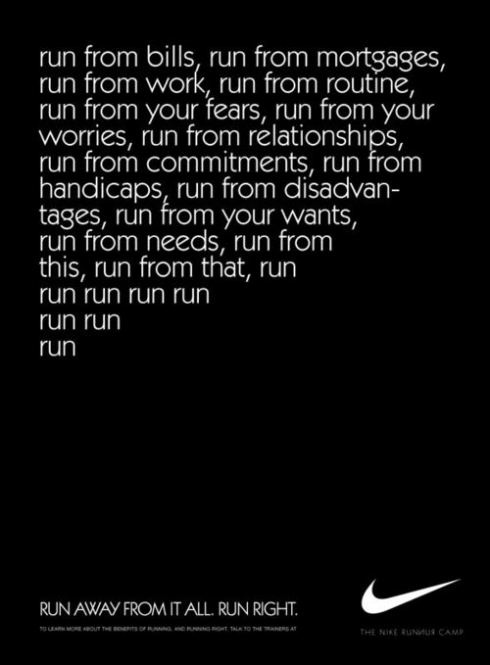
Drive the call to action
A call to action is a vital part of copywriting. Marketers will drive consumers to complete an action for them and allow marketers to set out the objective and identify the success measures against them. It also allows consumers to understand what they need to do, whether that be to subscribe, purchase, share or provide comments
An example can be shown below with NRMA using “Join the NRMA today” as their call to action.

With the growing use of social media, marketers have had to become creative when aiming to catch consumers' attention. Copywriting techniques will vary depending on the different platforms provided, whether a blog post, email, web page, Facebook, YouTube or even Instagram. Depending on the platform, this will dictate the style and writing technique that marketers will use to draw consumers' attention.
We live in a fast-paced marketing environment, where consumer habits are continually changing, and everything is a click away, so an important question needs to be asked. How can marketers establish a brand presence online and start engaging with an audience on social media?
For marketers to keep the attention of their consumers, they will need to understand the requirements set out between the different platforms.
Below are some practices that can be followed regarding copywriting for social media.
- For every post, an objective should be established
- Write for your chosen target audience
- Use hashtags effectively
- Use copywriting along with visual elements
- Aim for consumer engagement.
Establish objective
Before uploading a post or video, marketers need to identify their goal. These can include anything from the following:
- Increase awareness in branding
- Followers
- Consumer engagement either through comments or inbox messages
- Clicks
- Shares.
Marketers can measure how successful their post is and whether their objective has been met with a goal.
Write for your chosen target audience
The social media platform used will dictate how you communicate with your audience because each platform is created differently to meet the different needs of each target audience. A post on LinkedIn would be approached differently than a post on Facebook. The post on Facebook may include several images, tags and hashtags compared to the LinkedIn post, which may showcase a more formal and professional perspective.
Hashtags
Hashtags are used primarily to emphasise keywords for specific content or themes to help consumers locate information. It helps encourage consumers to explore through content and pick posts that catch their eye.
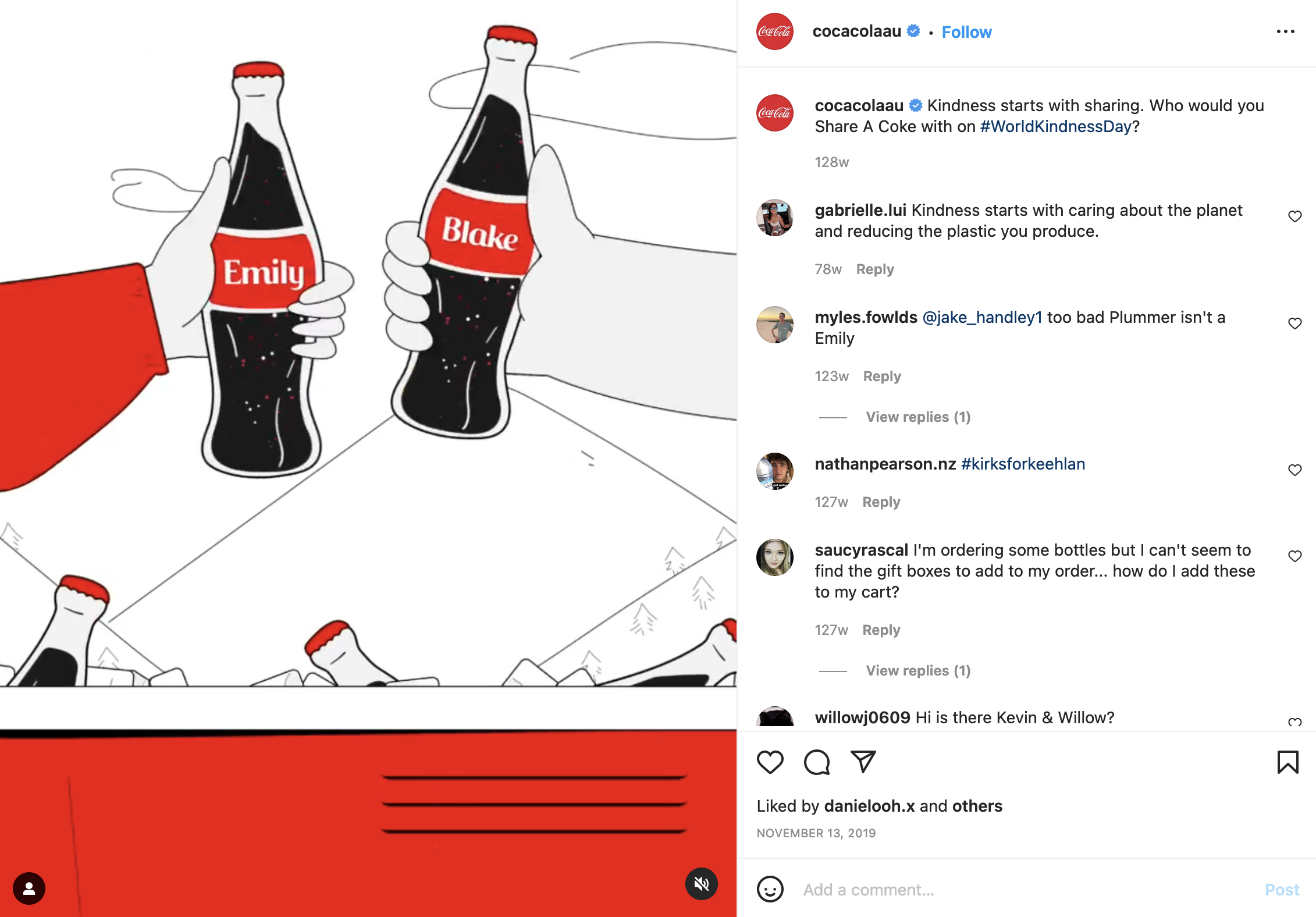
#ShareACoke, Coca-Cola Instagram campaign © Coca-Cola
Coca-cola successfully used the hashtag “Share a coke” to boost their campaign by encouraging drinkers to share their own stories with the hashtag #ShareACoke.
Nike is also famous for using the hashtag #justdoit

#justdoit Nike Instagram campaign © Nike
Copywriting along with visual elements
Copywriting is one thing, but having it work alongside complimenting visual elements will only strengthen the message marketers are trying to send to their consumers.
There is no coincidence that food outlets or fast-food chains market their products with images of their food. This works to entice consumers as they consume and buy with their eyes.
The post about Oreos providing a gluten-free product would not be as effective if there were no images.
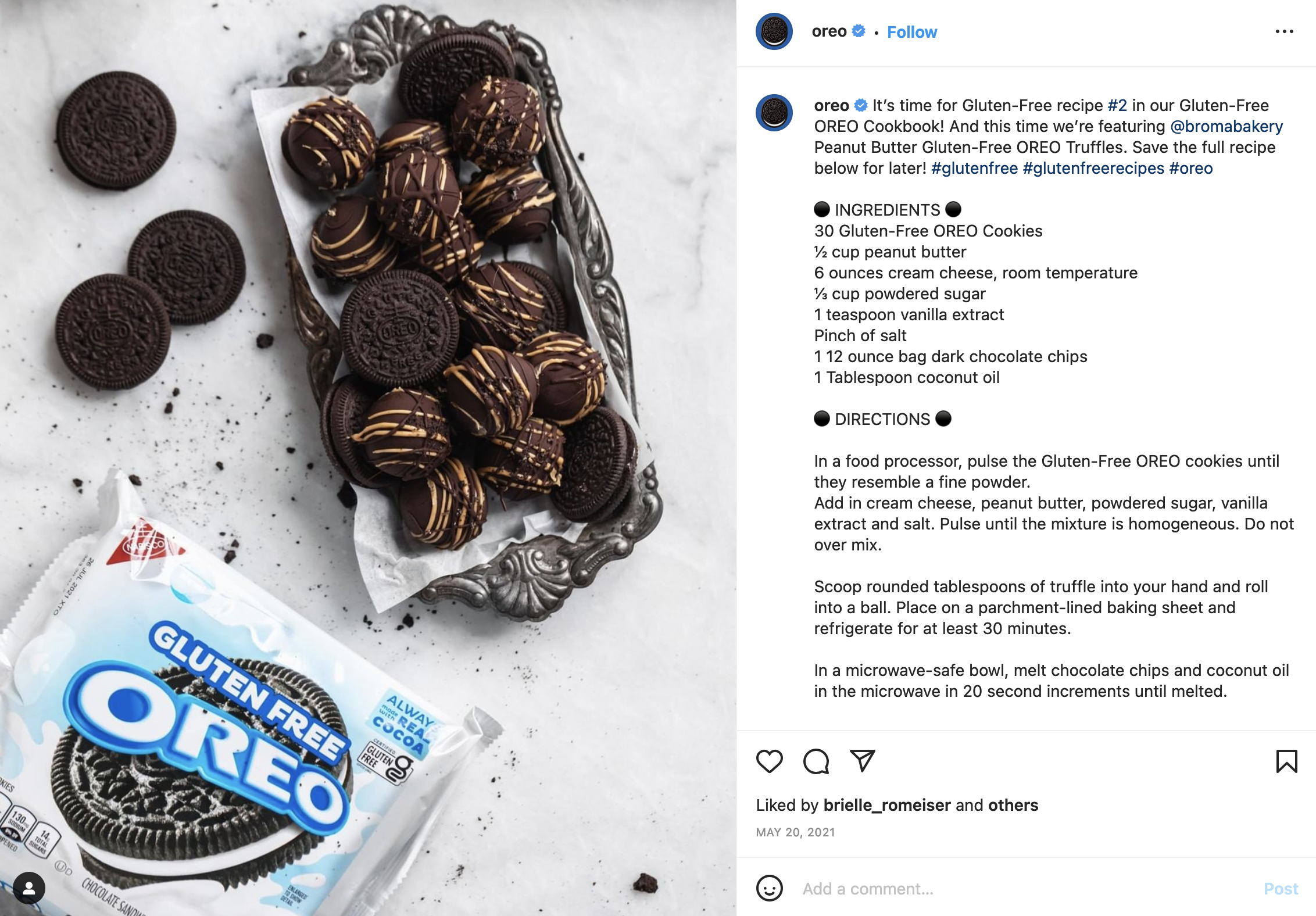
Oreo for Instagram © Oreo
Aim for consumer engagement
By encouraging the audience to join in on the conversation, a business will be able to grow its brand through user-generated content and positive 2-way communication through:
- Contests
- Giveaways
- Comments and tagging
- Writing questions to encourage engagement. Including examples “tell us your ideas”, “What are you looking forward to”.
Nutella has focused on consumer engagement by asking their audience questions regarding how they enjoy their Nutella for breakfast. They have provided their consumers with the ability to comment, share and like.
They have also used hashtags and visual images.
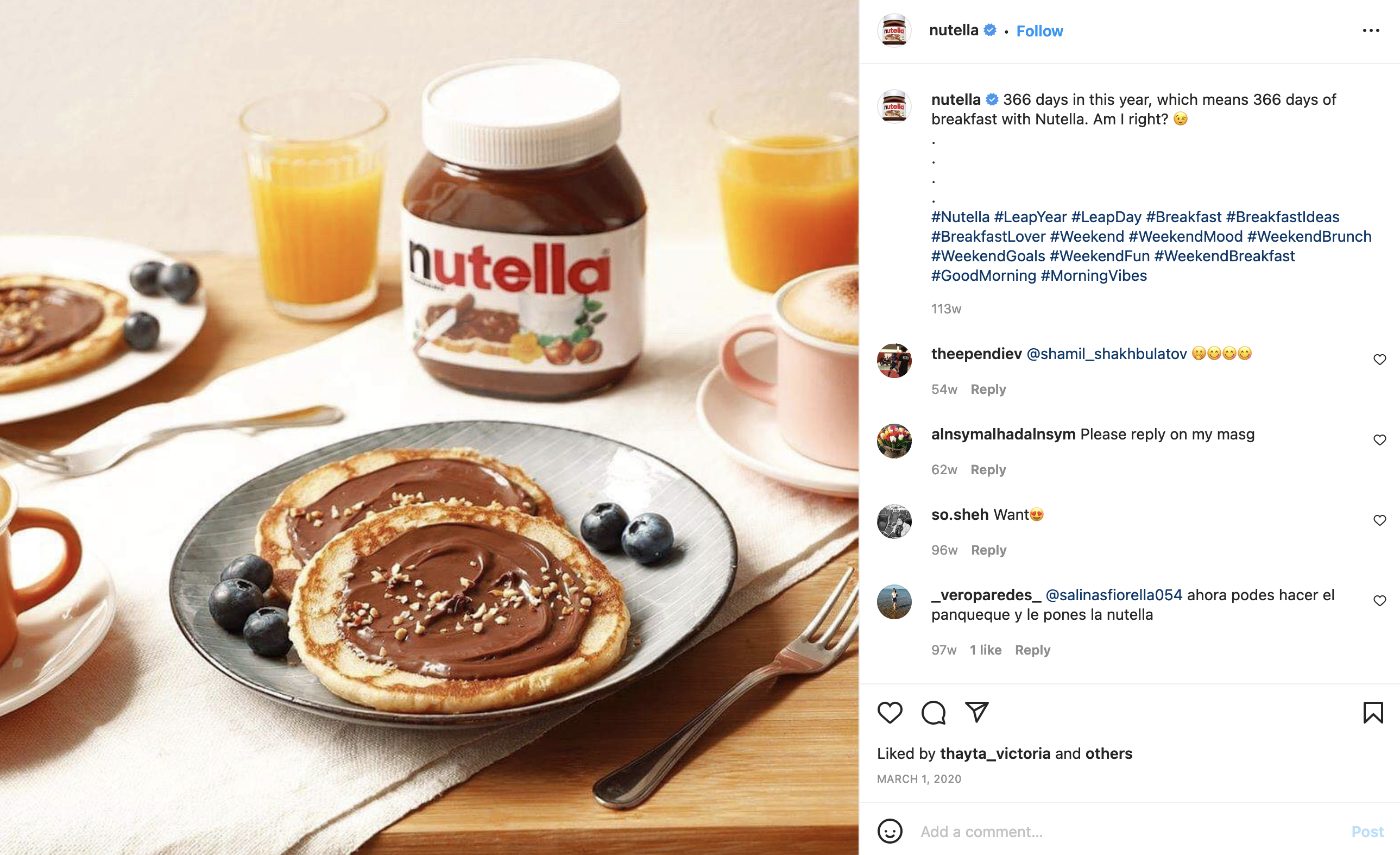
#wakeupwithnutella Nutella Instagram © Nutella
For more information on how you can use copywriting techniques for Facebook, check out the following video.
Unlike Instagram, Facebook and LinkedIn, which are photo-sharing application platforms, YouTube is video content and live streaming application platform which requires different copywriting strategies.
Attracting and engaging consumers through YouTube can be a much more difficult process as there are so many things that can go wrong when creating advertisement videos. When they build videos for YouTube, marketers need to consider building a narrative that engages, informs, and encourages action from consumers.
A standard guideline that can support effective copyright strategies is known as the ABCD method.
Attract
The first goal is to attract consumers' attention following these four strategies.
- Frame: Clearly show the person or the product being advertised to enhance engagement. Ensure the angle is clear and there is no obstruction.
- Pace: Keep up the pace by providing a few shots in the first part of the video. If the pace is too slow or too fast, this may discourage consumers from continuing to watch.
- Humanise: Introduce yourself to bring an element of emotional engagement. When consumers can see a face to a product, it will increase relatability.
- Surprise: Create a positive first impression! Adding visuals, humour, or conversation to surprise the viewer will make the viewing memorable.
Brand
Integrate your product/brand organically throughout your video.
- Introduce: Introduce your product/brand at the beginning of the video to set the tone.
- Mention: Throughout the video, continue to mention your product/brand and the features and benefits.
- Reinforce: Focus on logo placement and integrate this into your story or product.
- Differentiate: Focus on how your brand stands out against its competitors.

Connect
To connect with the audience, it is important to make them feel something about the product/brand being promoted. Focusing on storytelling and communication will help consumers emotionally connect with the product.
- Integrate: Discussing your product/brand whilst also integrating emotional aspects will help consumers connect with the feelings associated with the brand/product.
- Engage: Intrigue the audience by using humour, light conversation, wittiness.
- Associate: Focus on how this product is associated with your target audience
Direct
Encourage your audience to act.
- Prompt: Focus on call to action by prompting the audience to act.
- Inspire: Create a sense of urgency by providing offers, including “2 for 1”, “limited time only”, “one time offer.”
- Compel: Specify the call to action by clearly explaining what you want the audience to do, including purchasing their product, subscribing to their channel, or sharing their video.
By Incorporating the ABCD method, businesses can use video content sharing platforms to maximise their ability to engage with their audience and grow their brand.
A messaging framework is a written representation used to showcase who they are and what consumers can expect when purchasing their products.
The messaging framework includes a business’:
- Brand promise
- Positioning statement
- Target audience
- Primary message (pitch)
- Message pillars
- Call to action.
Branding establishes the brand's foundation and enables all internal and external departments to transmit a consistent message to their target market. That will effectively position the company and its products above their competition. When a business lacks clear brand messaging, this can create concerns within the teams. They may share inconsistent messages about what the business is, what they do, and how they are different from their competitors.
An effective messaging framework supports employees in confidently answering questions regarding the business. They will be aligned on the purpose and mission of the company. The last thing a consumer wants to see is an employee who cannot answer important questions regarding the products and services of the business.
What message would this send to the consumer?
Providing clear and accurate information within the messaging framework is crucial.
The most important components within a messaging framework can be shown in the following template.
Brand promise
The first component within the messaging framework is known as the brand promise.
A brand promise tells customers what they can expect from your brand. If a business consistently delivers on its brand promise, it will have loyal customers ready to spread the word to family and friends about how great the products and services are.
Positioning statement
The second component is known as the positioning statement.
A positioning statement refers to where products fit in the minds of the consumers in the market. It will detail information regarding the product and how it can be used. By using this, businesses can take advantage of any gaps in the market to meet consumer needs. It can also be used to align marketing efforts to shape the brand’s identity and purpose.
For an effective positioning statement, the following must be considered:
- Clear description about the product/service
- How the product is being offered
- The purpose of the product
- How the product is being offered
- How this product compares to others on the market.
Target audience
The third component focuses on the target audience.
When developing a messaging framework, businesses need to be clear on their target audience. They need to establish who their specific consumers are and how the product will meet their needs. These needs should be documented within the messaging framework.
The chosen target audience can be determined by:
- Gender
- Age
- Location
- Income
- Interests.
Primary message
The next component used in the messaging framework is known as the primary message, aka elevator pitch.
The primary message should be a persuasive pitch that draws consumers in to spark interest in the business product offerings. The four parts involved are:
- Your product name and category
- The problem you are attempting to solve
- Your proposed solution
- The key benefit of your solution.
Brand pillars
Once the primary message is complete, brand pillars will be provided to help your brand resonate with the target audience. These include a set of key messages that represent the values and characteristics that make up the brand. These should focus on what the business would like to share with the world and its product stands out against its competitors.
Call to action
Lastly, to sum up the messaging framework, a call to action should be provided to instruct the target audience about what you want them to do, including “sign up” or “buy now”. It creates a sense of urgency and persuades the consumer to take action.

An archetype is a representation of a brand. It is represented by adopting human traits that appropriately reflect the brand and its target audience. All of that is done to assist consumers in connecting with the brand's beliefs, characteristics, and behaviours. These are some simple ways you can use brand archetype to help develop a brand personality:
- Understand your target market and their personality
- Align them to a specific archetype that best suits
- Identify attractive characteristics from that brand archetype and incorporate it into your brand identify
- Define your brand archetype mix.
There are 12 brand archetypes that businesses can choose from these include.
- Ruler
- Caregiver
- Everyperson
- Jester
- Lover
- Hero
- Magician
- Outlaw
- Explorer
- Sage
- Innocent
- Creator.
They set out the brand's characteristics to showcase their personality traits and attract like-minded consumers.
The ruler
The ruler is all about control and dominance. Brands that use this archetype focus on a target audience who are successful, professional, and assertive.

The caregiver
The caregiver is all about being compassionate and caring for others, including the environment. Brands that use this archetype focus on a target audience who are vulnerable, exposed and at risk.
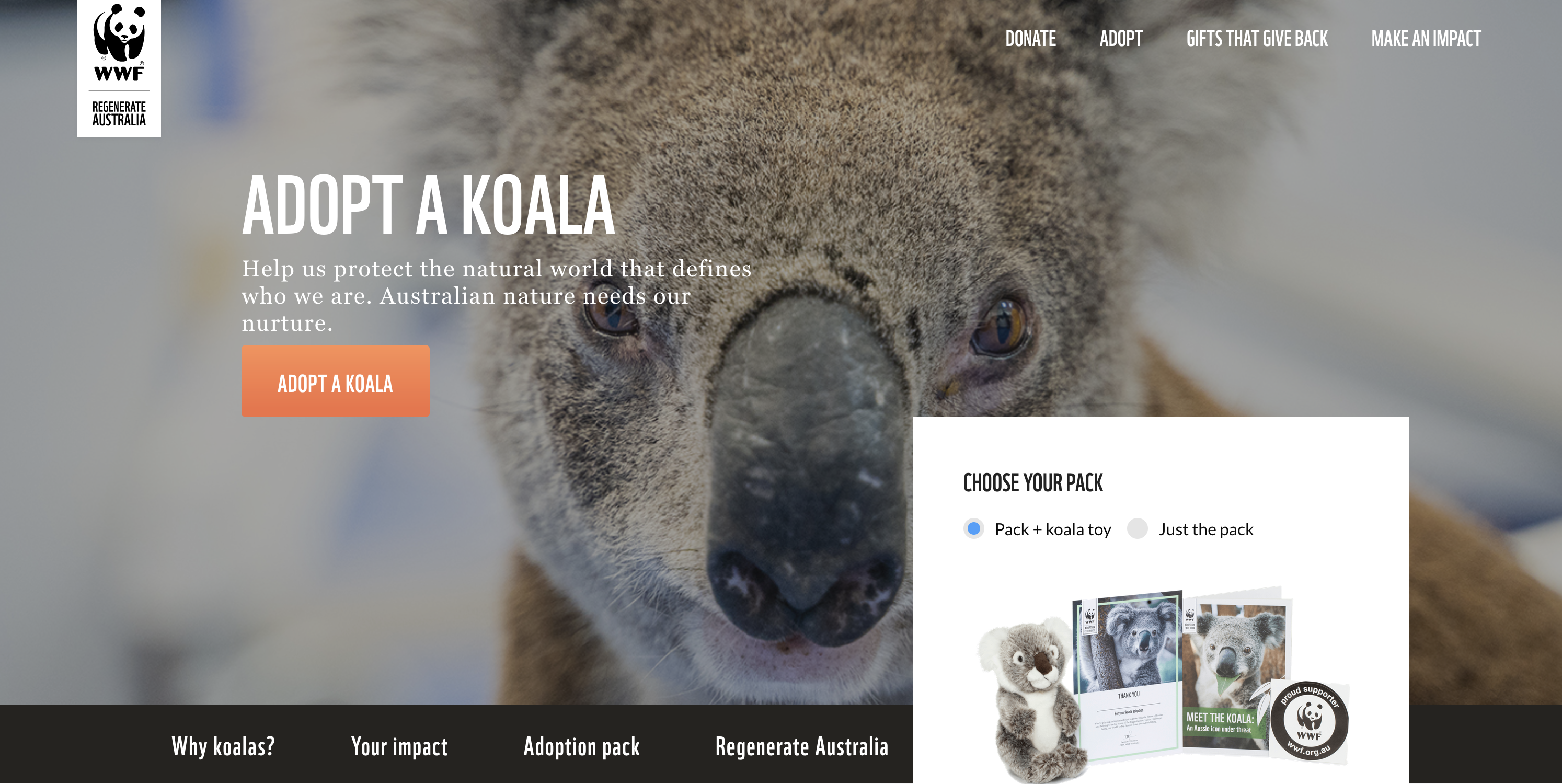
Everyperson
Everyperson is all about connecting and welcoming people to believe that they are all equal. Brands that use this archetype focus on a target audience who are empathetic and inclusive.
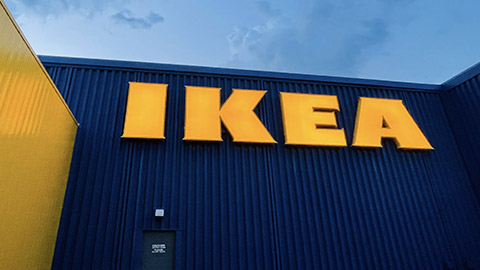
The jester
The jester is all about positivity and happiness. Brands that use this archetype focus on a target audience that are fun-loving, sarcastic and playful.

The lover
The lover is all about intimacy and closeness. Brands that use this archetype focus on a target audience that are sensitive, sensual, and affectionate.
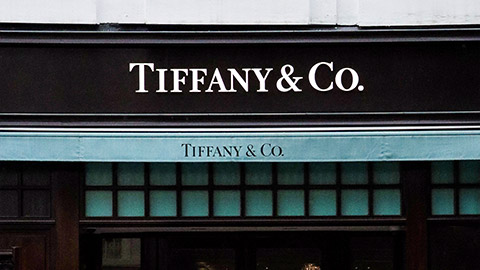
The hero
The hero is all about striving to be the best version of yourself. Brands that use this archetype focus on a target audience that are determined, strong-willed and competitive.

The magician
The magician is all about dreamers and believers. Brands that use this archetype focus on a target audience that are intuitive, visionaries and inspiring.
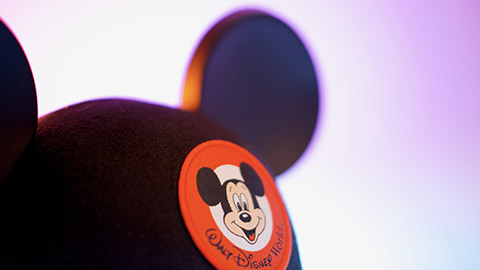
The outlaw
The outlaw is all about individuals who seek independence. Brands that use this archetype focus on a target audience: rule breakers, rebellious and non-conformists.

The explorer
The explorer is all about individuals who are active thrill-seekers and nature lovers who spend most of their time within nature. Brands that use this archetype focus on a target audience that enjoy exploration and adventure.

The sage
The sage is all about individuals who are Intelligent, accurate and analytical. Brands that use this archetype focus on a target audience that is influential, aware, and chasing after the truth.

The innocent
The innocent is all about individuals who are responsible and honest. Brands that use this archetype focus on a target audience that are wholesome, simple and aware of the environment.
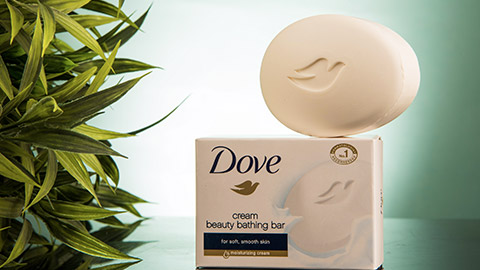
The creator
The creator is all about individuals who demonstrate originality and innovation. Brands that use this archetype focus on a target audience that are creative, imaginative and trendsetters.

Choosing the right archetype for your business is essential as it will allow consumers to identify your brand and create a deep connection with your target audience.
There are a few advantages to using brand archetypes. These include:
- It sets the brand apart from its competitors
- Creates a brand personality that consumers can relate to or see themselves apart of
- Aligns the brand with human traits similar to their chosen audience
- Leverage the characteristics that evoke emotion and encourage a call to action.
For more information, check out the following video on how you can use brand archetypes when developing a brand personality.
If you wish to influence an individual or a group to embrace a particular value in their daily lives, tell them a compelling storyAnnette Simmons
Data storytelling is the process used to gather data to communicate information methodologically, tailored to the businesses specific target audience through storytelling. A business will always collect data, however. When combined with a narrative, it will create more of an impact than data can alone.
Businesses can use this data and create a narrative that all stakeholders will understand and resonate with.
Data storytelling consists of the combination of 3 key elements:
- Data
- Visuals
- Narrative.
Data
Marketers will use data as the foundation and building block of all data storytelling. It is a significant part of data storytelling as it explains and guides the audience through the meaning of what is being shared. Without this, there will be no story to tell and no information to share with stakeholders, specifically consumers.
Visuals
When visuals are applied, they enlighten the audience with images, typography, graphs, and colours to help paint a picture they normally wouldn’t see if it was simply words and numbers.
When the data and visuals are merged, a story is created to captivate and engage the audience. When marketers get this right, they can have a data story to influence consumers and convince them to act.
Narrative
Essentially, a data storyline is a form of persuasion to show the consumer the value of a product/service and convince them to act. Whether that is a first time or returning customer making a purchase, subscribing, donating, or sharing information. There is always a call to action and an effective storyline will help deliver a clear message for your audience.
Below are some examples that have utilised the data, narrative and visual components to communicate with their stakeholders, specifically consumers.
Spotify
The Spotify 2018 wrapped campaign showcases how many minutes consumers have used their app listening to music.
It also collates data to identify the year's top artists and top songs. The strategy is used to understand who their audience is and connect and communicate the value of their service.

Qantas airline
The airline Qantas has gathered all of the Qantas points used by customers and arranged them into categories to highlight how simple it is for customers to build their frequent flyer points and benefit from Qantas rewards.
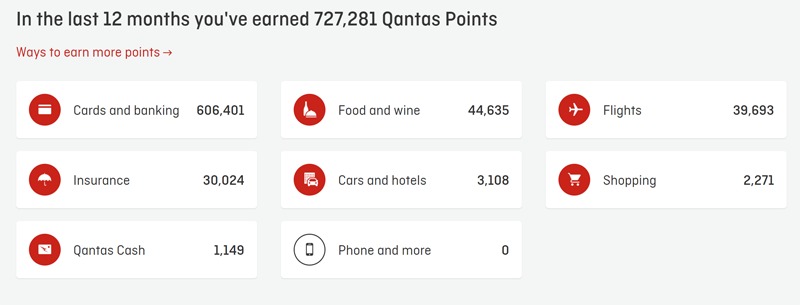
Uber
These statistics demonstrate the users experience with Uber and the number of times they have used their services down to the days and miles.

The strength of how you communicate an insight can be measured by what effect it has on your audience. Driving action is the ultimate goal, as your insight will then have the potential to create value and this can only be done through effective data storytelling
For more data information storytelling, check out the following video.
Task
You are to create a messaging framework for a fictional brand that you will have the ability to create.
Consider who their target audience would be, their brand promise and positioning statement, and use this information to develop 3 brand pillars, the proof points that support these pillars, and an elevator pitch statement.
You will then produce a call to action that you believe will successfully communicate this message to relevant stakeholders.
You are free to use the example provided within this topic.
Requirements
- Produce a messaging framework.
- Use your knowledge of design and layout to make a visually appealing representation of the framework you have created.
- Include research into the proof points supporting the company or brand's messaging plan

